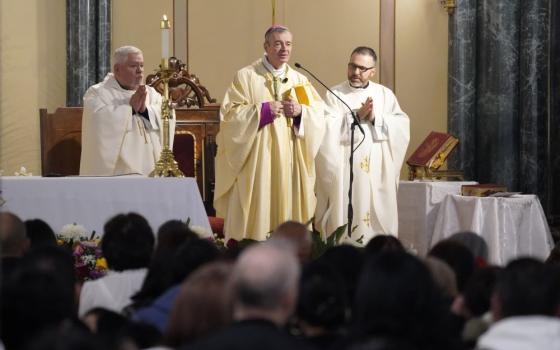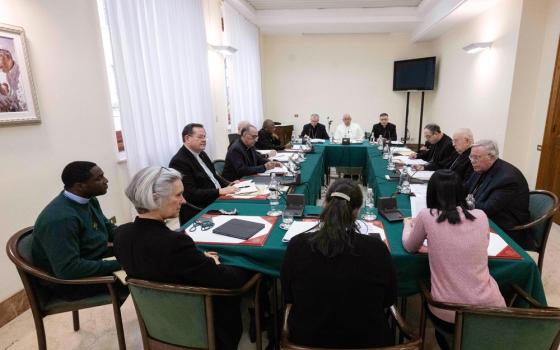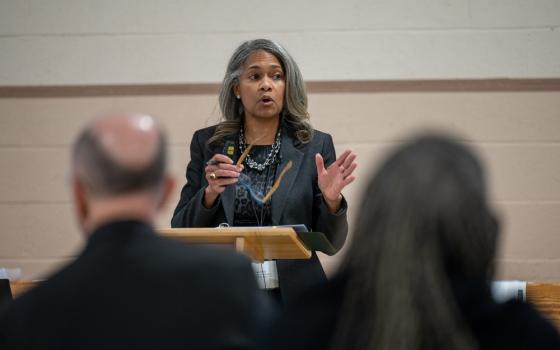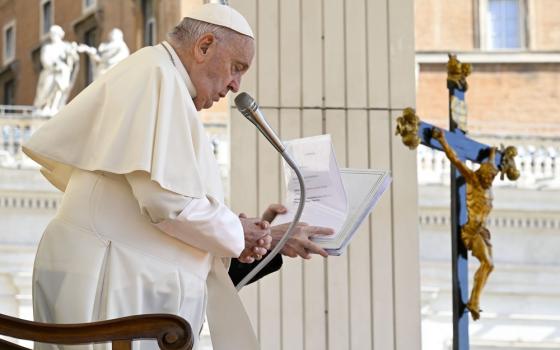Recent social justice movements such as the Social Forums, Occupy Wall Street and Black Lives Matter are essentially leaderless. While organizers generously shoulder the work, they shoulder it together and they take the credit together. Charismatic figures have not emerged in ways that look familiar to those of us who have marched with Cesar Chavez, Dom Helder Camera, Dr. Martin Luther King and even Dorothy Day.
A central criticism of these new movements is that because no leader is at the helm, the occupiers and forum attendees and #blacklivesmatter tweeters all drift along in the currents of injustice, unable to chart a direction. One response is that the analogy fails; the participants are more like yeast than like shipmates and a new society is rising.
One example of building that new society is in Ferguson. A group of protesters have settled in to do the nitty-gritty work of analyzing the structure of police practices and making clear recommendations for doing things differently to better protect and serve the community. The four identified authors are described in terms of their community roles, not their individual accomplishments.
Campaign Zero promises that “We can End Police Violence in America. We can live in a world where the police don't kill people by limiting police interventions, improving community interactions, and ensuring accountability.”
The website offers a chart with 10 categories for policy solutions: end broken windows policing; provide community oversight; limit use of force; independently investigate and prosecute; include community representation; use police body cameras and other film; provide better police training; end for-profit policing; demilitarize the police, negotiate fair police union contracts.
For example, under police training the site notes that a police academy may offer 56 hours of shooting instruction (not counting practice) and only 8 hours of presentation of intervention strategies designed to de-escalate a situation -- without any field experience.
The Ground Zero statement of the problem is stark. Police kill an average of 1,000 people a year and nearly 60 percent of victims did not have a gun or were involved in activities that should not require police intervention such as harmless “quality of life: behaviors or mental health crises.”
The website is worth more than a look. It’s worth study and sending invitations to community policy makers urging them to consider adopting it.




